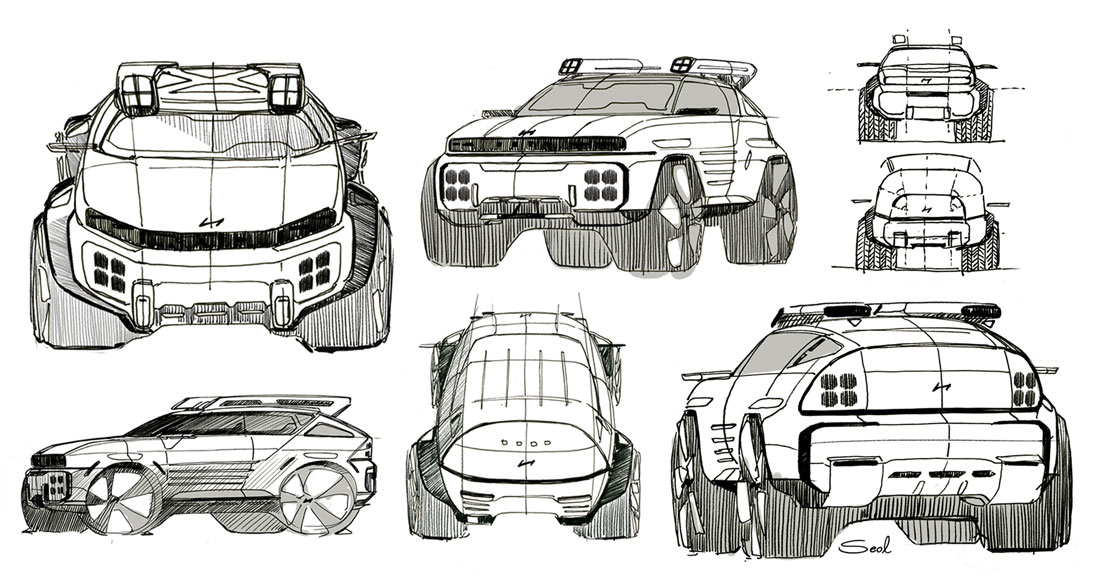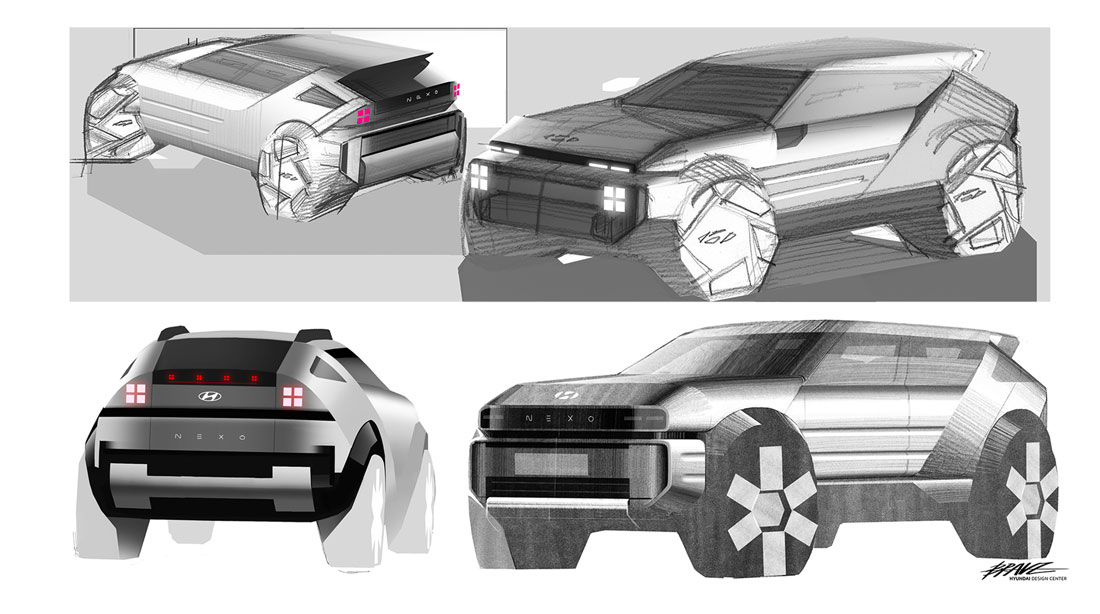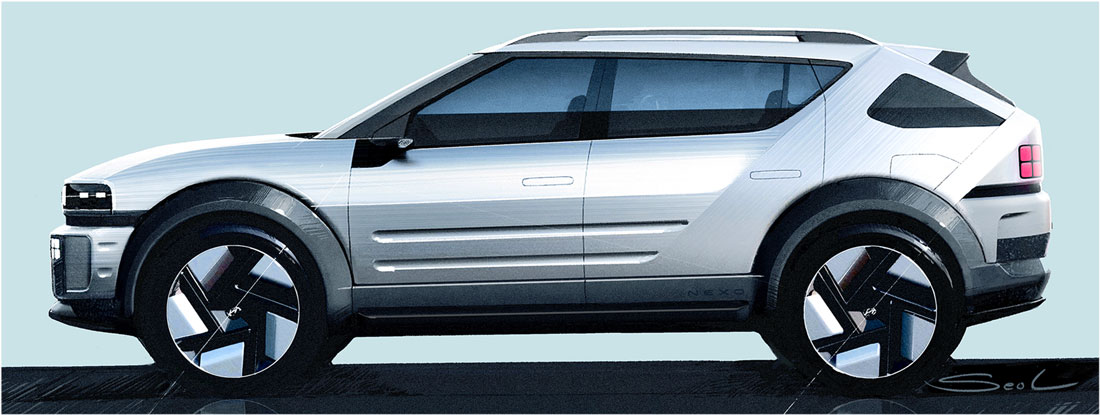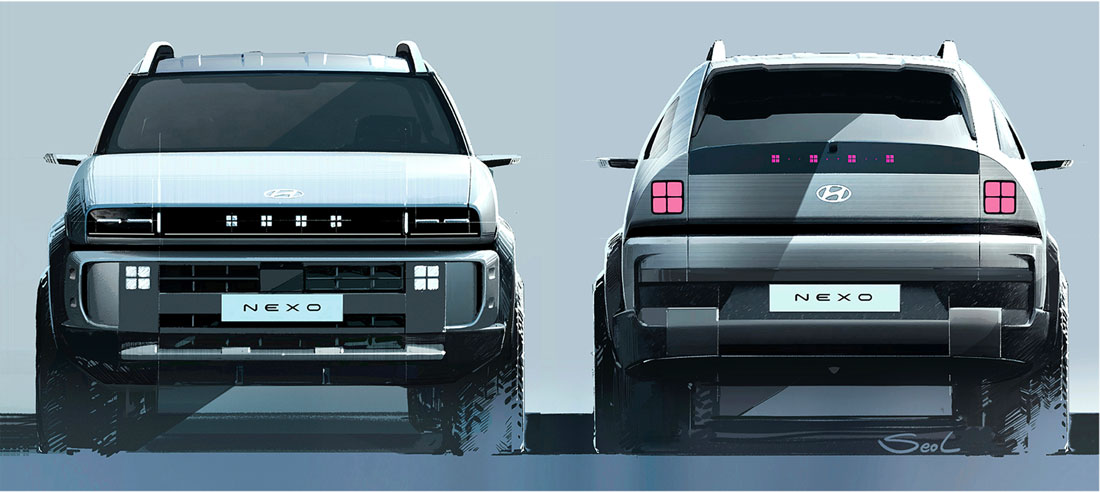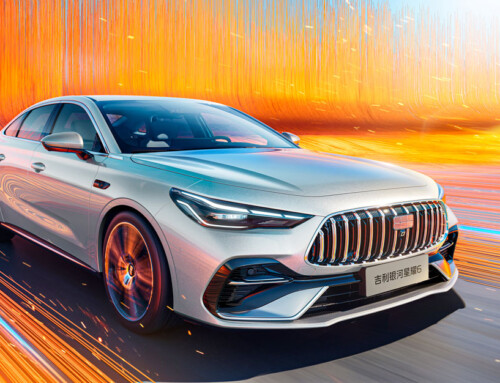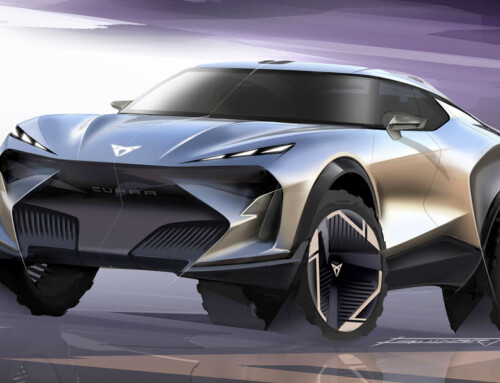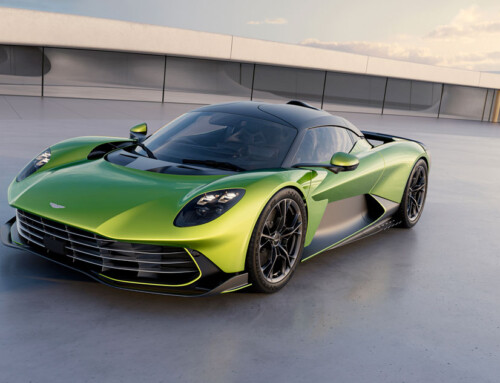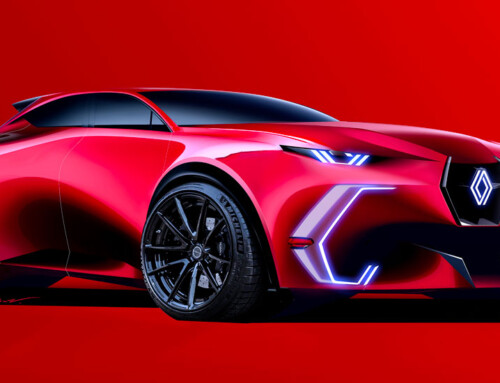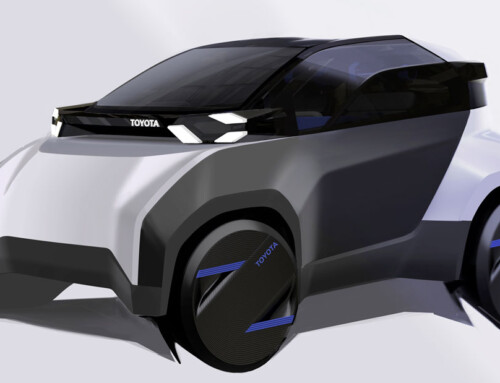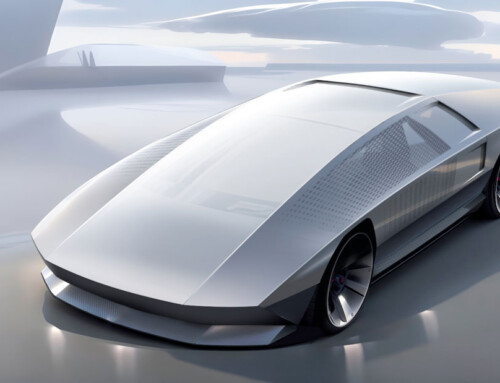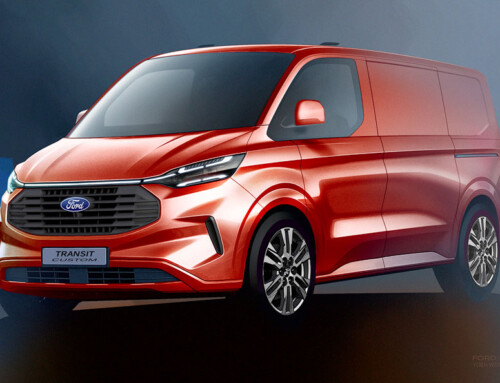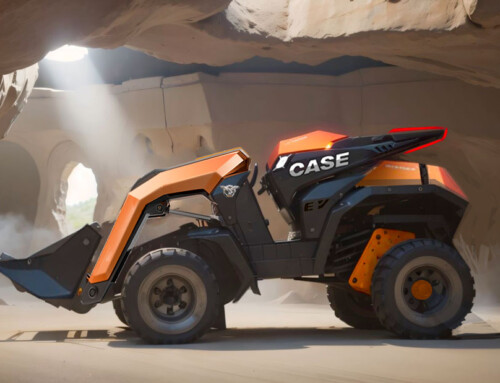After 7 years the time had come to give new life to the Nexo, Hyundai’s hydrogen fuel cell car: “Giving it an SUV interior where before there was an inflated hatchback – explains Simon Loasby -, with more space for passengers and luggage, greater ground clearance, a more utilitarian character, in short, increasing its volume of SUVness.”
A new design language
But this is not the only story of this second generation of hydrogen cars born in Namyang, because – Loasby continues – “with Nexo, Hyundai’s new design language makes its appearance, destined to characterize all future models.” It is called Art of Steel, a design solution that “celebrates the basic material of the car-product, in a world where many cars, too many perhaps, look like plastic.”
The benefits of steel
Loasby is responsible for Hyundai styling, right-hand man to SangYup Lee who is in charge of the group’s global design. “A couple of years ago,” he recalls, “I had a coil of steel brought to our studio and, admiring its curves, we realized that, with those curves and its strength, versatility and above all its formability, it is a wonderful material. Then one evening, in a video call with our European studio, Eduardo Ramirez and Manuel Schöttle showed me with paper models what the formability of steel could be in creating attractive aesthetics, even more enhanced with graphic elements. Without forgetting how cost-effective steel is.”
The Sensual Sportiness remains
Is this the end of the language that Hyundai had christened Sensual Sportiness, that is, a harmony between proportions, architecture, style and technology, to be declined differently depending on the needs? “The characteristics of Sensual Sportiness remain important,” Loasby replies, “but the language of the next generations will be dictated by the Art of Steel.”
Urban or outdoor style mode
Bold lines and a robust structure create a strong appearance. The groove patterns on the sides accentuate the promise of rigidity and durability. The aerodynamic design of the wheels contributes to aesthetics that make it adaptable both in an urban environment and for an outdoor lifestyle. The interior of the passenger compartment, all covered in soft materials, is a hymn to comfort and contributes to a premium leap compared to the first series.
The use of buttons returns
In a warm and refined environment, the curved dashboard is easy to use for the driver, as are some buttons. “No longer everything on a touch screen,” Loasby emphasizes: “Some functions require imme-diate manual operation: eyes on the road, hands on the wheel. Especially in Europe and America, a certain amount of buttons is appreciated.”
(Full article in A&D no. 273)


